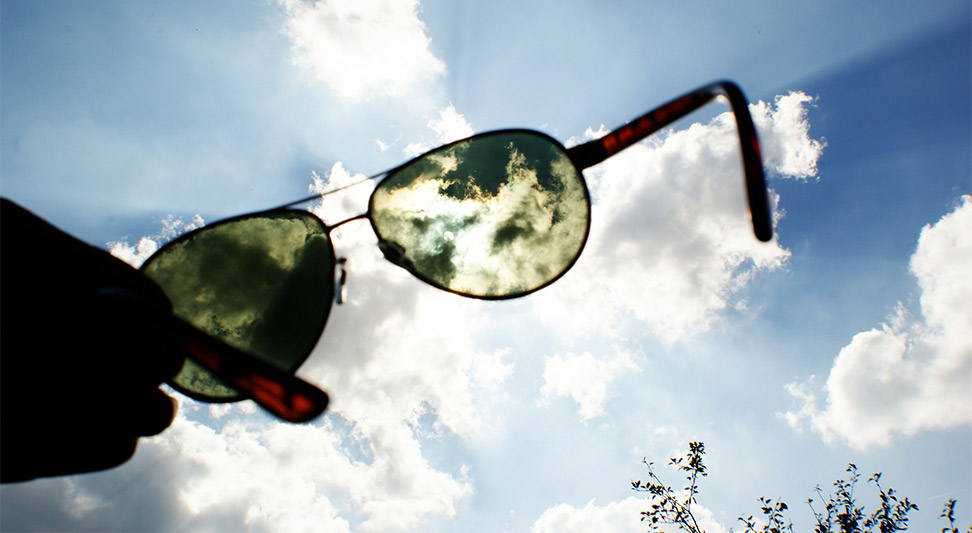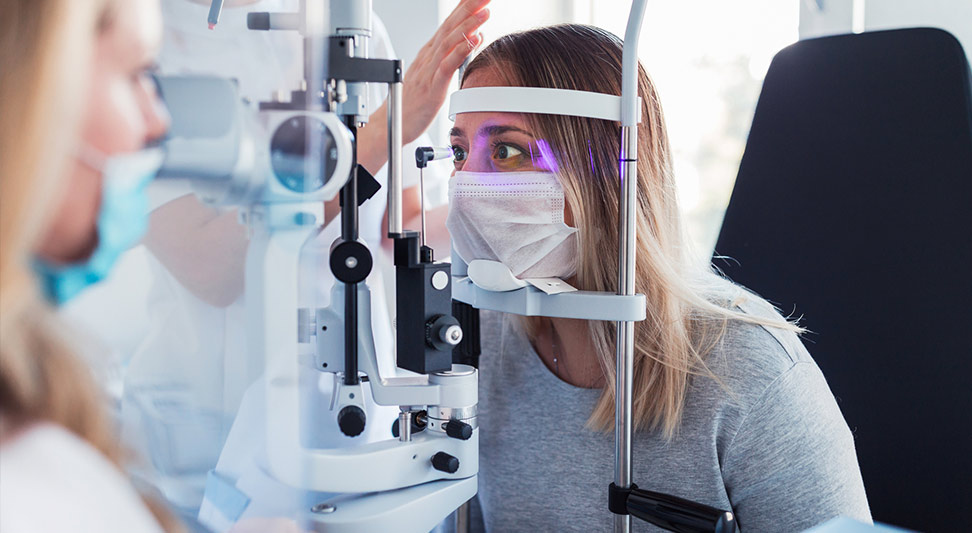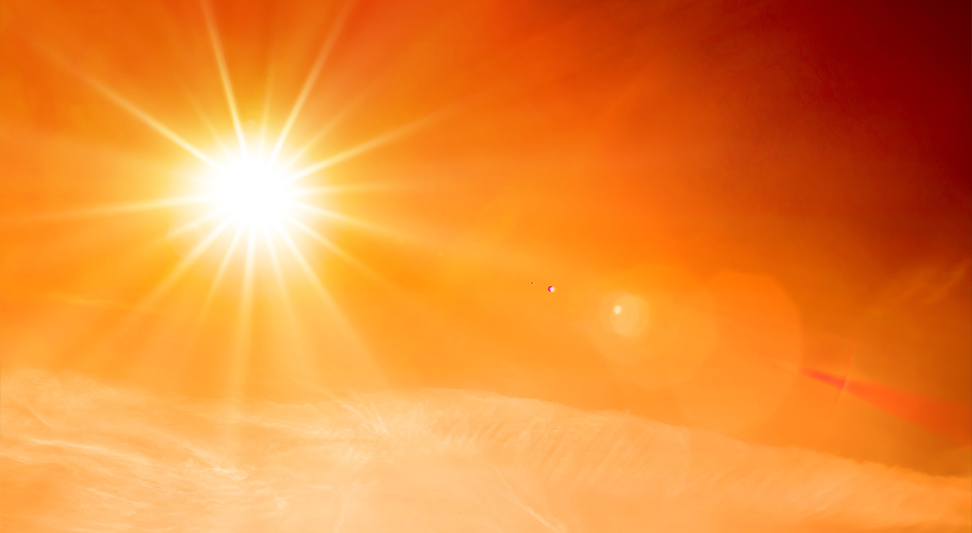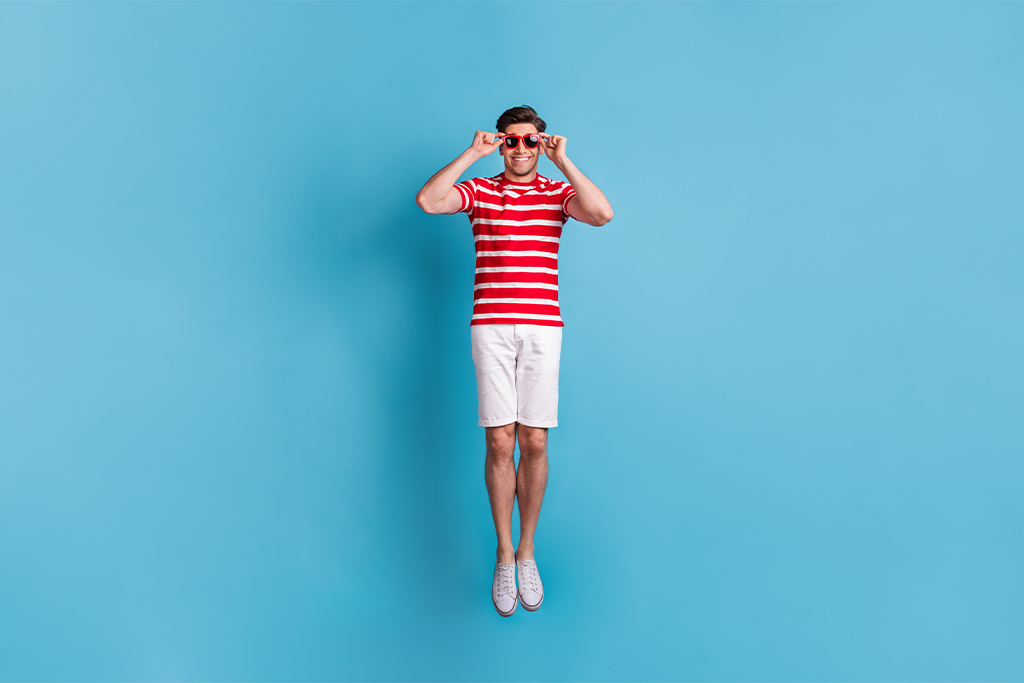Winter is over. You’ve survived the April showers. May brings not only the proverbial flowers but also two vision-related awareness months: Healthy Vision Month and Ultraviolet Awareness Month.
With the days getting longer and the long-awaited ramp-up to summer beginning, it’s the perfect time to think a bit about your eye health.
Healthy Vision Month
Healthy Vision Month is a national observance established by the National Institutes of Health’s National Eye Institute (NEI) in May 2003. The NEI’s mandate is to “prolong and protect the vision of the American people,” which it mainly does through world-class research.
NEI partners for Healthy Vision Month 2021 include:
- American Diabetes Association
- American Optometric Association
- Association for Research in Vision and Ophthalmology
- Black EyeCare Perspective
- Prevent Blindness
- Vision Health Initiative (CDC)
- Hospitals, medical associations, research and awareness initiatives, pharmaceutical companies, and more
Apart from being an excellent opportunity to teach and remind the public about the importance of eye health, Healthy Vision Month allows the NEI to shape the dialogue concerning important issues in eye health. For example, the theme of 2021’s Healthy Vision Month is “Eye on Health Equity” — a movement to increase diversity in the eye health field and equalize citizens’ ability to maintain healthy vision.

Ultraviolet Awareness Month
Prevent Blindness America has designated May as Ultraviolet Awareness Month to promote public education about the damaging effects of ultraviolet (UV) rays on the eyes.
The Prevent Blindness website offers numerous fact sheets, infographics, and other communications materials for public dissemination in document form or files shareable via social media. You will also find a call for advocacy and helpful resources with respect to petitioning government bodies.
By partnering up with organizations like the NEI for its Healthy Vision Month, as well as corporate entities, nonprofit organizations, and government agencies, Prevent Blindness has extended its reach all across the country.
How to Optimize Your Eye Health
Eyesight is something people tend to take for granted — until it’s gone. That is why the focus of eye health campaigns is on prevention. The more people proactively take steps to maintain eye health, the less strain there would be from vision-related medical problems on the healthcare system.
This May (and beyond), follow these tips for optimal eye health:
Get Your Eyes Checked Regularly
If you haven’t already, book your next eye exam, pronto. Ensure that it’s a comprehensive dilated eye exam, which is the only way to detect eye diseases like glaucoma, age-related macular degeneration, and diabetic eye disease. Pupil dilation allows your eye care professional to examine the back of your eyes and retina.

You should also share your family’s eye health history with your eye care professional, as some eye diseases and conditions are hereditary.
Maintain a Healthy Lifestyle
The health of your body is holistic in the sense that you can’t really maintain the health of one part and ignore the other parts. To support good eye health, you should eat foods rich in beta-carotene (like carrots), as well as dark, leafy greens (such as kale, spinach, and collard greens) and fish for omega-3 fatty acids (salmon, tuna, mackerel, trout, and halibut). Many of these foods also improve the immune system and support heart health.
Even though regular exercise is not often connected to eye health, maintaining a healthy weight, blood pressure, cholesterol and blood sugar levels, and good cardiovascular health help prevent diabetes and other diseases that could lead to vision loss. Quit smoking — or don’t start at all — because it is linked to a higher risk of cataracts, optic nerve damage, and age-related macular degeneration.
Wear Protective Eyewear
Safety glasses and goggles aren’t just for science lab and factory work settings. You should also wear protective eyewear when playing sports.
Your favorite sporting goods store should carry non-prescription protective eyewear suitable for the sports you play, but it’s best to see an eye doctor if you need prescription sports goggles or PPE.
There are plenty of reasons to wear protective eyewear when you are in or around your home — if you’re cleaning somewhere or something very dusty, painting, or hammering something, for example. If there’s a possibility a foreign object can make it into your eye when you’re doing a particular activity, you should put on safety glasses. Err on the side of safety, not on the side of vanity.
Practice Good Contact Lens Hygiene
Contact lenses can be great — comfortable, convenient, even colored. Unlike glasses, however, your interactions with contact lenses bring a risk of contact with bacteria and germs.
Make sure you cleanse your contact lenses properly — according to product and eye care professional instructions. Also, remember to carefully cap your bottles of sterile solution to prevent contamination.
Additionally, wash your hands thoroughly before putting in or taking out your contact lenses, or you are asking for pink eye or other eye infection. It would utterly defeat the purpose of using sterile cleaning and contact lens storing solutions if you’re just going to contaminate your lenses with dirty hands.
Protect Your Eyes from Ultraviolet (UV) Radiation
It is pretty common knowledge that UV radiation is connected to most skin cancers, as it damages the DNA of cells. UV radiation also causes damage to the eyes. As you know, we get the most UV radiation from exposure to the sun, which is why you should wear UV-blocking sunglasses that filter out 99%-100% of UV rays — UVA and UVB. Your sunglasses should also be comfortable to wear and reduce glare so that they don’t make you strain your eyes when you’re wearing them. Reinforce the protection offered by your sunglasses by wearing a brimmed hat as well.

You should also consider these variables:
- Time of Day – UV radiation from the sun is most intense when the sun is at its highest point, which is usually around noon. Still, the hours between 10 a.m. and 4 p.m. are considered “peak sun hours.” On particularly sunny days — especially during the summer — you should try to remain indoors as much as you can during that peak time.
- Reflective Surfaces – Many people neglect to wear sunglasses in the wintertime because they forget that snow is highly reflective and can reflect UV rays into the eyes. Other surfaces, like water and even sand or pavement, can also reflect UV radiation.
- Altitude – The higher you are, the less atmosphere there is to absorb UV rays. If you live at a high altitude, you will have greater UV ray exposure.
- Geography – The closer you live to the equator, the stronger the UV rays.
The Future’s So Bright…
…you’ve gotta wear shades… and follow all those other steps to maintain eye health.
With summer around the corner, there is no better time to think about your eyes and take care of them. For many people, this is the perfect time to consider LASIK.
Imagine no longer having to deal with contact lenses while splashing in the pool, tubing at the lake, or camping in the wilderness.
And what’s more annoying than switching back and forth between prescription glasses and prescription sunglasses? Nothing, that’s what.
First and foremost, make eye health a priority this month. Then let’s talk about LASIK!
Schedule a free nJoy Vision LASIK consultation during Healthy Vision and UV Awareness Month

